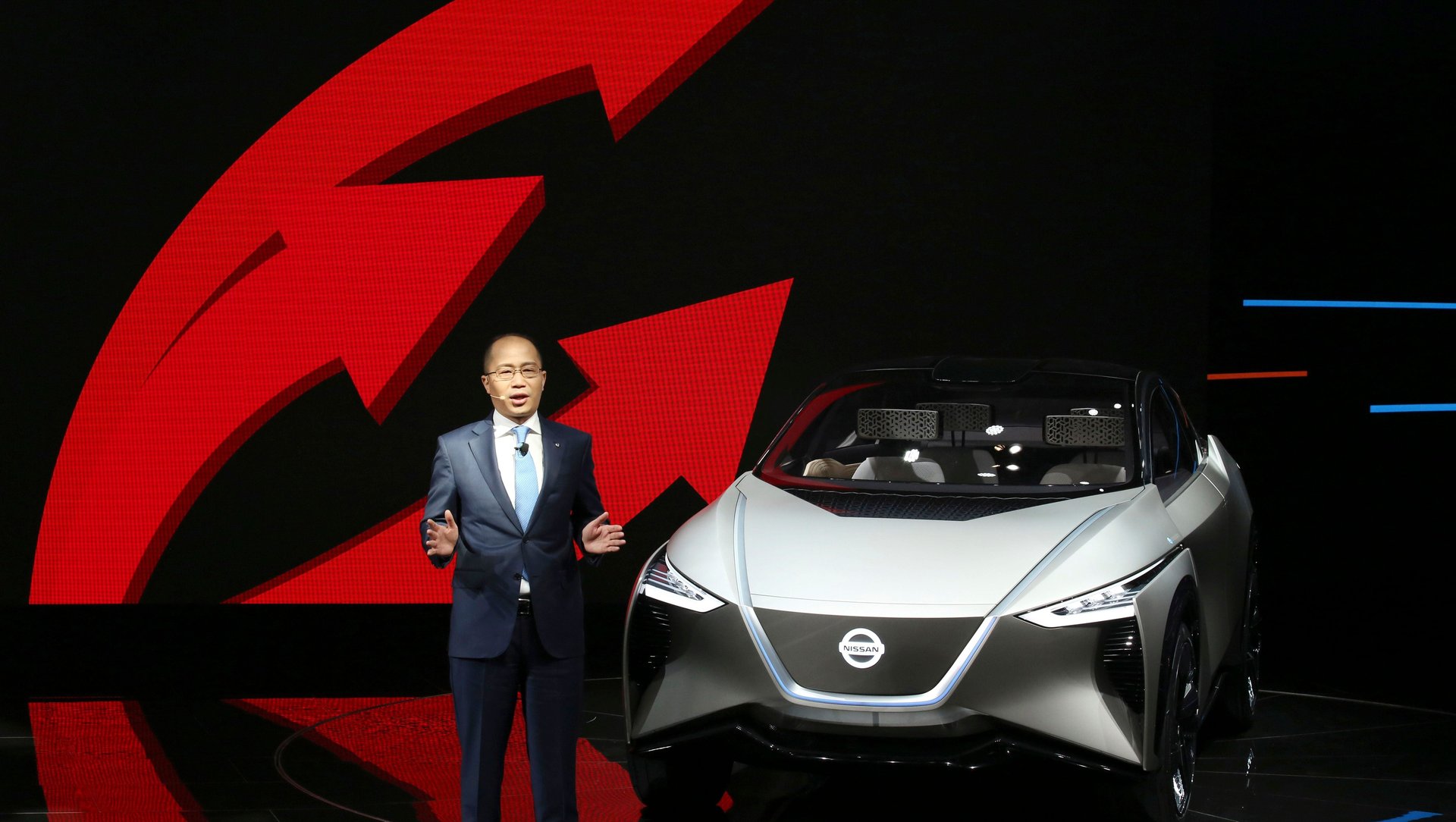China is going to sell half the world’s electric cars by borrowing policies from California
Ninety seven million new vehicles were sold globally last year. Only about 2% of them were electric. Yet things are changing fast. The world last year saw a 50% annual growth rate in electric vehicle (EV) sales. In 2018, EV sales should near 1.6 million. As EV manufacturing costs fall below those of conventional vehicles, a milestone expected in 2030, each year should set a new record in sales numbers, according to Bloomberg New Energy Finance (BNEF).


Ninety seven million new vehicles were sold globally last year. Only about 2% of them were electric. Yet things are changing fast. The world last year saw a 50% annual growth rate in electric vehicle (EV) sales. In 2018, EV sales should near 1.6 million. As EV manufacturing costs fall below those of conventional vehicles, a milestone expected in 2030, each year should set a new record in sales numbers, according to Bloomberg New Energy Finance (BNEF).
EV sales may grow faster in China than anywhere else thanks largely to a new set of government incentives and policies borrowed from California. The country already accounts for about half of the global EV market, a share BNEF expects China will maintain even as the global market for EV explodes. By 2025, BNEF predicts 19% of all passenger vehicle sales in China will be electric, compared to 14% in Europe and 11% in the US.
The credit for China’s predicted success goes in part to California’s Zero Emission Vehicle (ZEV) program, which, although managed by a California government agency, includes nine other states as well. Under ZEV, automakers must generate credits by selling EVs, or buy them from competitors that do. The exact number is set for each manufacturer based on the number of cars it sells in each state. Each EV is assigned a certain number of credits based on its battery range and energy efficiency. That’s been a boon to electric carmakers like Tesla which can earn billions of dollars selling credits to fossil-fuel powered rivals uninterested in selling or unable to sell enough EVs.
China’s huge EV targets (pdf) are even more of a challenge to meet given that average car buyers in the country are far less affluent than those in the US and in Europe. That’s one reason that, beginning next year, China will be implementing a program designed on California’s ZEV. To date, China has a national subsidies program to make EVs cheaper, but that will be ended in favor of what it’s calling the New Energy Vehicle credit system (pdf). Like California’s ZEV, this system assigns a credit value to each zero-emission vehicles (fuel cell and other alternative fuels are included in the program), based on range and efficiency, while requiring manufacturers to generate or trade for those credits.
This new policy should enable regulators in China to react with more flexibility to the market than they could with a one-size-fits-all subsidy program, by ramping up demand for credits over time and forcing the steady growth of EVs in the country. ”This is the single most important piece of EV policy globally and is shaping automakers’ electrification plans,” writes BNEF.